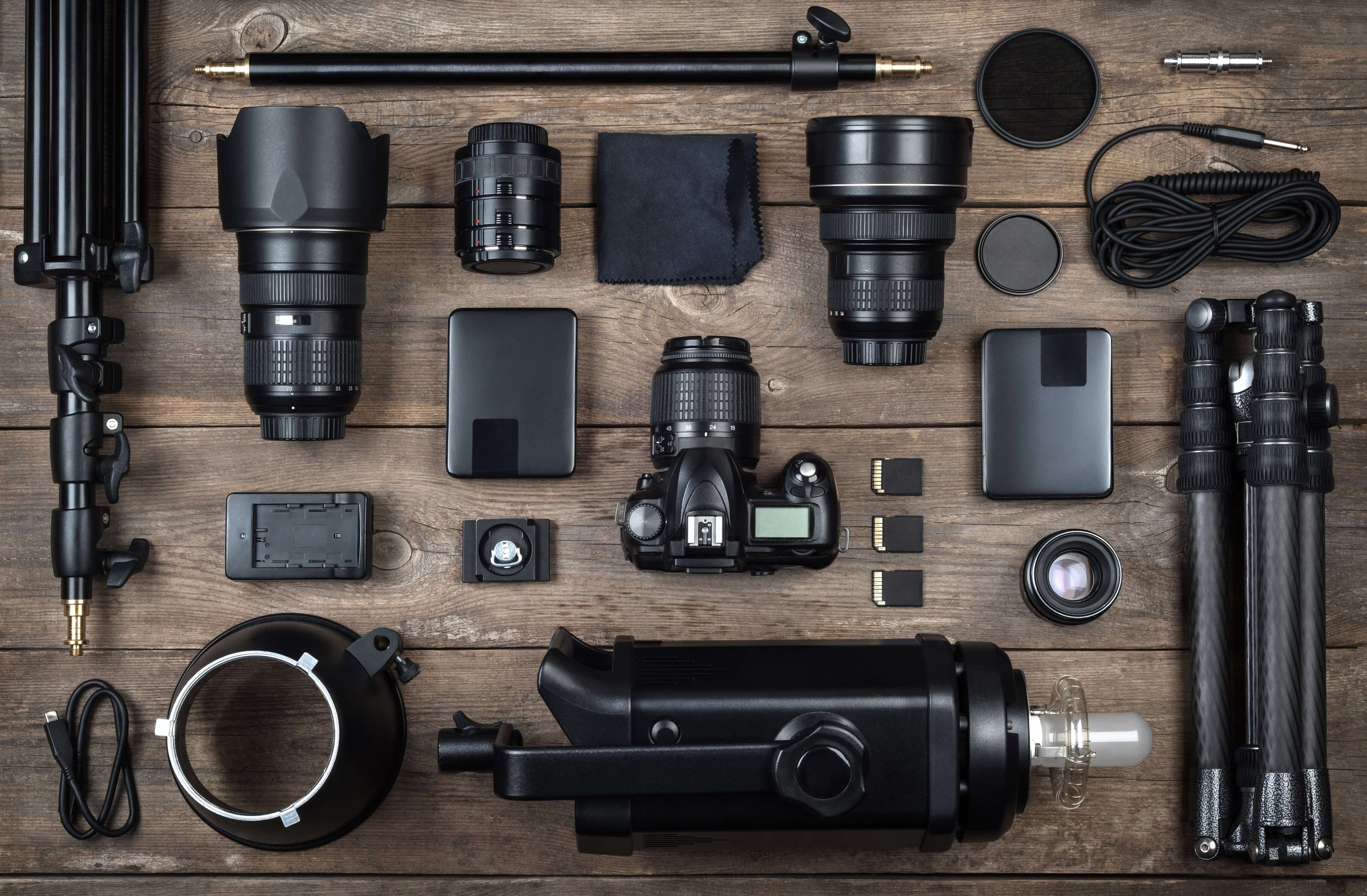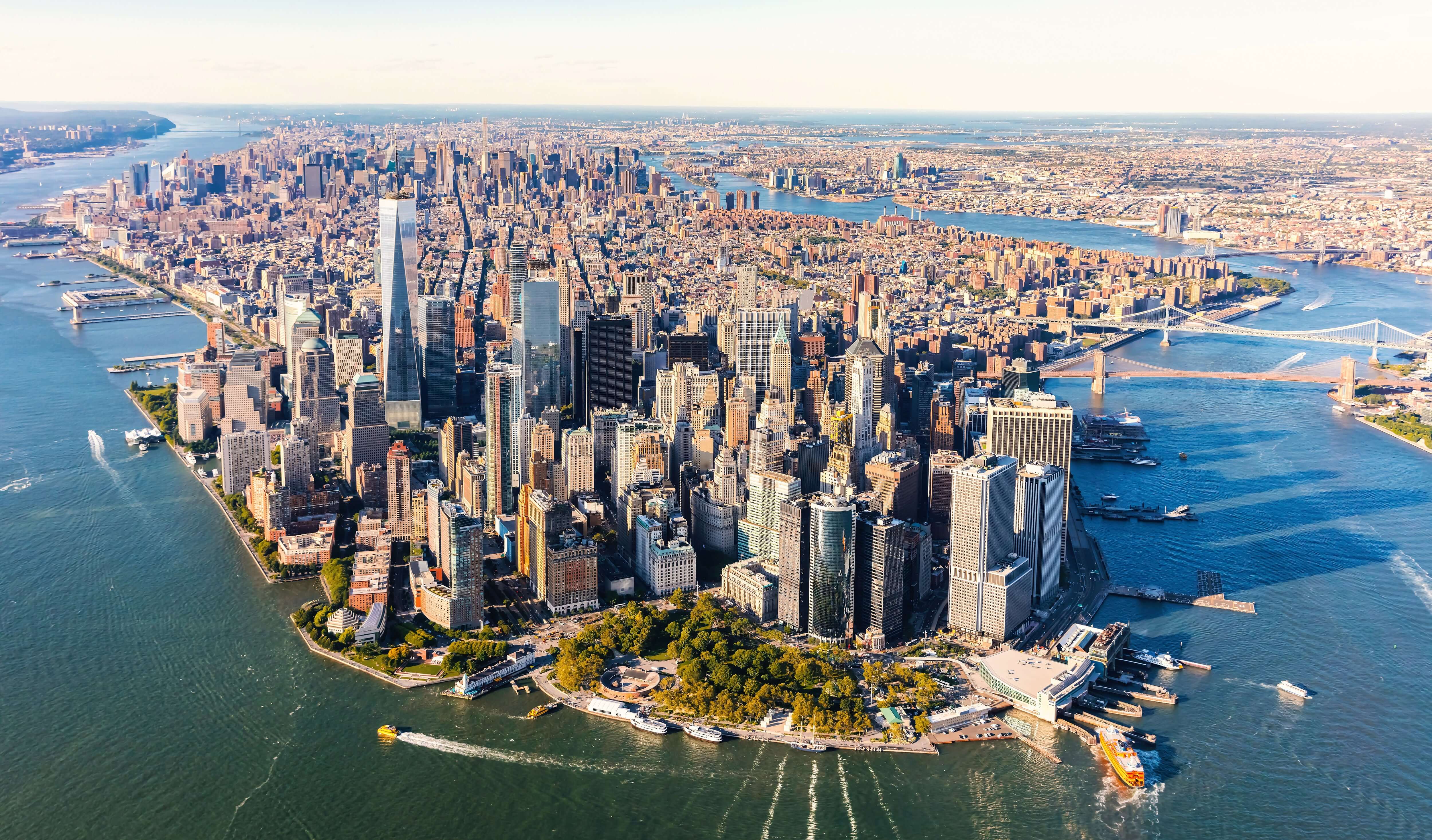
The ultimate guide to choosing the best camera equipment
Anyone who photographs as a hobby or even needs to take high-quality photos for professional reasons should know how to choose camera equipment that is perfectly suited to their needs. The selection of accessories, from lenses to camera bags, should also be carefully considered.
Big differences: choosing camera equipment for studio and outdoor photography
How you choose the camera equipment that best suits your needs depends primarily on the field of application. Are you looking for studio photography or do you want to take your camera outdoors? Are you aiming for macro shots or do you need the best camera equipment for panoramic landscape photos?
While chunkier models and more accessories are often purchased for professional studio photography, more compact models dominate when selecting camera equipment for mobile applications such as landscape or architectural photography.
The camera models: Camera equipment guide
To choose the best camera equipment, you first need to decide on the camera model. On the one hand, you have to decide between full-frame and crop-format cameras and, on the other, between SLR, system and compact cameras. To do this, you should know the respective advantages and disadvantages of the different models.
SLR vs. system camera and compact camera
When looking for the best camera equipment, ambitious amateurs can choose between three types: single-lens reflex cameras (DSLR), system cameras and compact cameras. Both DSLR and system cameras offer the option of changing lenses, whereas compact cameras have a fixed lens. This makes them particularly small and handy, but they are now often replaced by smartphones.
You can also find the right camera bag for your equipment and everything you need to protect your camera in our Oberwerth Shop. From classic camera bags to modern sling bags up to noble photo weekenders and backpacks. Of course you will also find hand straps and shoulder straps. Finest craftsmanship made from the best materials. Take a look around and find the bags & accessories that best suit you and your equipment!
If you mostly want to take photos in the studio with a tripod, a DSLR is the best choice, but if you travel a lot and also have weight in mind when choosing your camera equipment, a system camera is a good choice.
By the way: There is another type of camera model - the bridge camera. These are very compact models that have a fixed zoom lens with a large focal length range. They are therefore smaller and handier than system cameras and offer a wider range of applications than compact cameras. Bridge cameras are considered good entry-level models.
All-round models: photo and video camera in one
In many fields of application today, you need both photo and video functions in one camera. Whether for Insta stories or product photos, family shots or travel photography: if a good camera can also create good videos, that's a real argument for buying it. For quality-conscious amateur photographers, system cameras from well-known brand manufacturers are particularly recommended, many of which now even allow 4K video recording.
Full-frame camera vs. APS-C camera
The photo sensor installed in the camera is decisive for the quality of a photo. The larger the sensor, the better the image quality - but the higher the price. If you want to take extremely detailed photos or want the highest possible ISO sensitivity for high-contrast images, you should opt for a full-frame camera. However, models with a smaller sensor, so-called crop or APS-C cameras, are sufficient for the vast majority of shots.
There are full-format and crop-format models for both DSLRs and system cameras.
Selection of camera equipment
In addition to the camera, the accessories, i.e. the camera equipment, also play a decisive role in successful photography.
The basic equipment for every photographer includes:
- Lenses
- Tripods
- Flashes
- Camera bags
Lenses: cover focal lengths from 10 to 300 mm
Interchangeable lenses are part of the basic photographic equipment. At least one wide-angle lens and one telephoto lens should always be included in your equipment. These should cover focal lengths between 10 mm and 300 mm. In addition, many ambitious amateur photographers also purchase fixed focal length and fisheye lenses.
However, a zoom lens that covers the most frequently required focal lengths is usually sufficient for beginners. This saves you having to change lenses frequently and you can concentrate on the image compositions at first.
Beginners should therefore use the following lenses:
- zoom lens with a focal length of 16 to 70 mm for APS-C cameras
- zoom lens with a focal length of 24 to 70 mm for full-frame cameras
Tripods: companions for on the go or reliable camera supports for the studio
A tripod is also essential camera equipment if you want to take really high-quality pictures. For mobile applications such as landscape photography, travel photography or animal photography, at least one so-called monopod should be in your luggage. This allows you to quickly ensure the necessary stillness when taking photos and still remain very flexible.
In the studio and for long-term outdoor photography, however, classic tripods are required. When buying one, you should bear in mind that the heavier and therefore more stable the tripod is, the more steady the camera will be on it, even in windy weather.
Flash units as part of the best camera equipment
Every photographer should have at least one mobile camera flash in their kit. Not only can it be used to illuminate dark areas or compensate for a lack of daylight. In portrait photography, a flash can also be used to conjure up that all-important glow in the subject's eyes. Fixed studio flashes are also used in the studio.
Camera bags: Safe storage of photo equipment
It is particularly important for all mobile applications to store the often cost-intensive camera equipment safely. To protect cameras, lenses and other accessories such as photo filters against knocks and bumps, we recommend purchasing a camera bag or camera backpack. These come with flexible padding so that the interior can be perfectly adapted to the respective camera equipment.
Camera equipment for professional photographers
Today, camera equipment for professional photographers hardly differs from that of ambitious amateurs. However, when in doubt, professionals can usually be recognized by the fact that they have more than just one camera with them. This saves them having to constantly change lenses, for example in professional fields such as sports photography or animal photography.
Conclusion: The perfect camera equipment is an absolutely individual matter
Depending on the type of photos you want to take, the budget available for the camera equipment and how bulky the equipment can be, the perfect camera equipment looks different for every amateur or professional photographer.
If you want to travel light and prefer to take landscapes or architectural photos, you can set off with an APS-C system camera with a zoom lens from 16 to 70 mm focal length and a tripod. On the other hand, if you want to take product photos in the studio, you should opt for a DSLR full-format camera with numerous interchangeable lenses and also purchase additional accessories such as studio flash units.
Outdoor photographers, on the other hand, need to plan their transportation much better: Their camera equipment should be stored safely yet compactly in a high-quality camera bag - while studio photographers have no problem with clunky camera cases.

